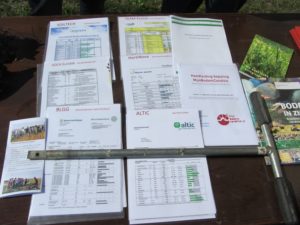Soil
The soil analysis
Chemical soil analysis is a tool used to discover why a crop is not growing well. It can also be used to analyse the effects of fertilisation and for further refining fertilisation.
A soil analysis covers the following items:
- Organic matter content;
- Availability of phosphorus and potassium;
- Trace elements;
- Nitrogen-delivery capacity;
- Reading a soil analysis
The acidity level (pH) indicates whether liming is required. Organic matter content is an indicator of soil quality and is also needed to calculate the required potassium fertilisation and liming operations. Nutrient availability reveals whether plants have sufficient nutrients and whether the ratio of nutrients is good.

A soil analysis is useful when:
- you are making a fertilisation plan.
- soil fertility is disappointing.
- you are considering intensive cultures and cropping plans.
- you are unfamiliar with a plot.
- crops require high levels of potassium and nitrogen.
- calcareous soils are involved.
- you are considering re-seeding grassland.
Sandy soils should generally be sampled more frequently than clay soils because pH and nutrient availability change more rapidly in a sandy soil than in a clay soil.


